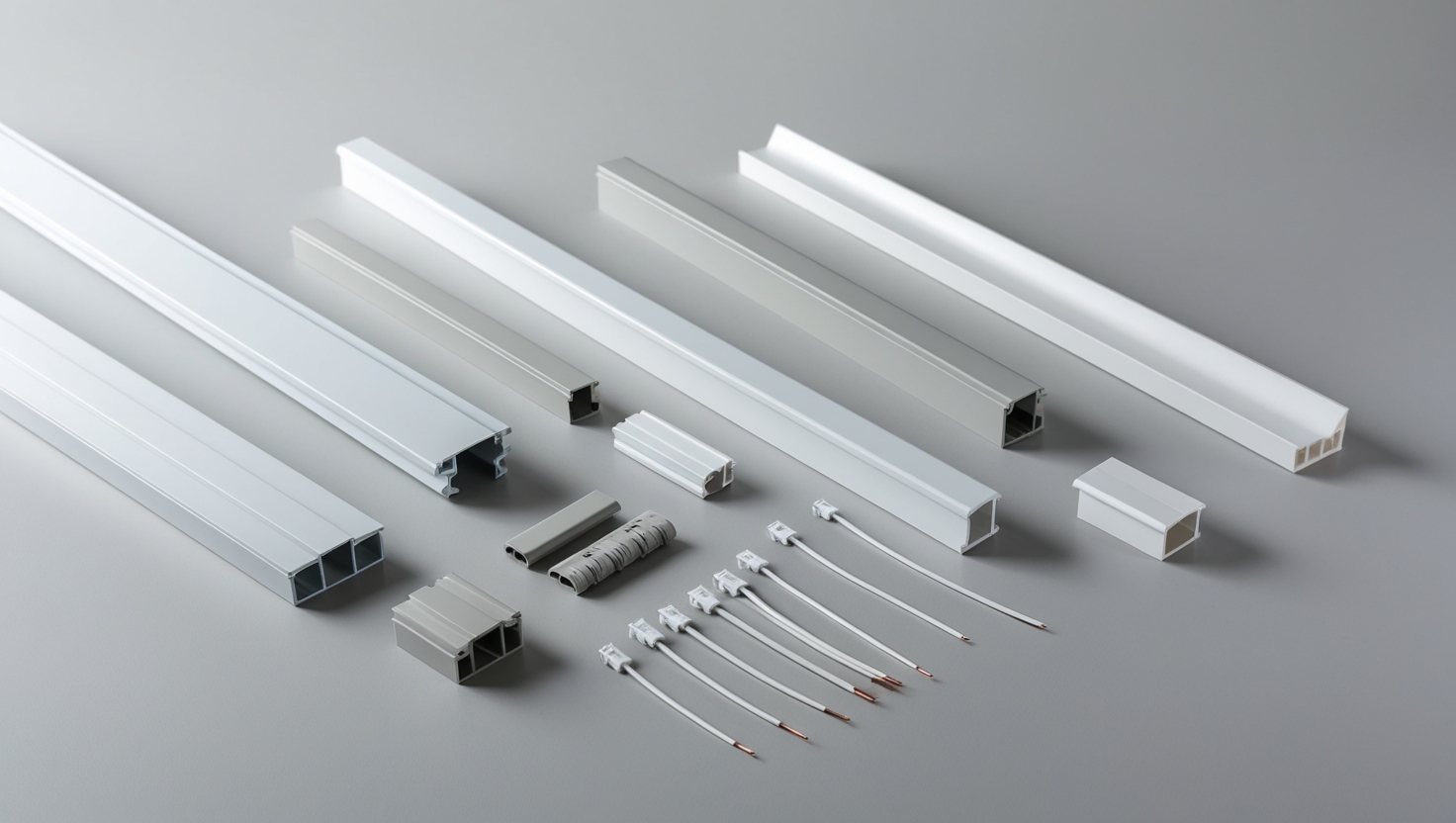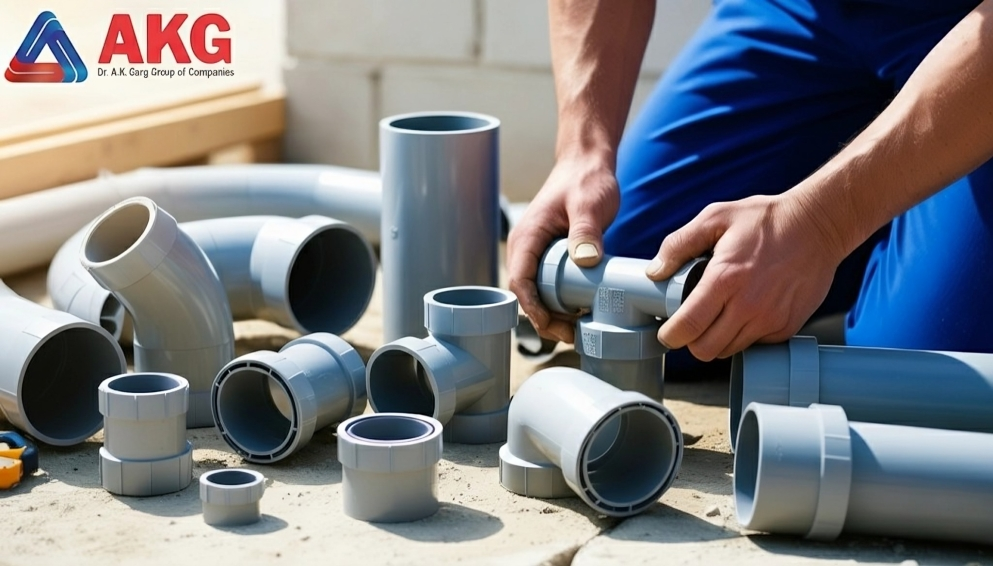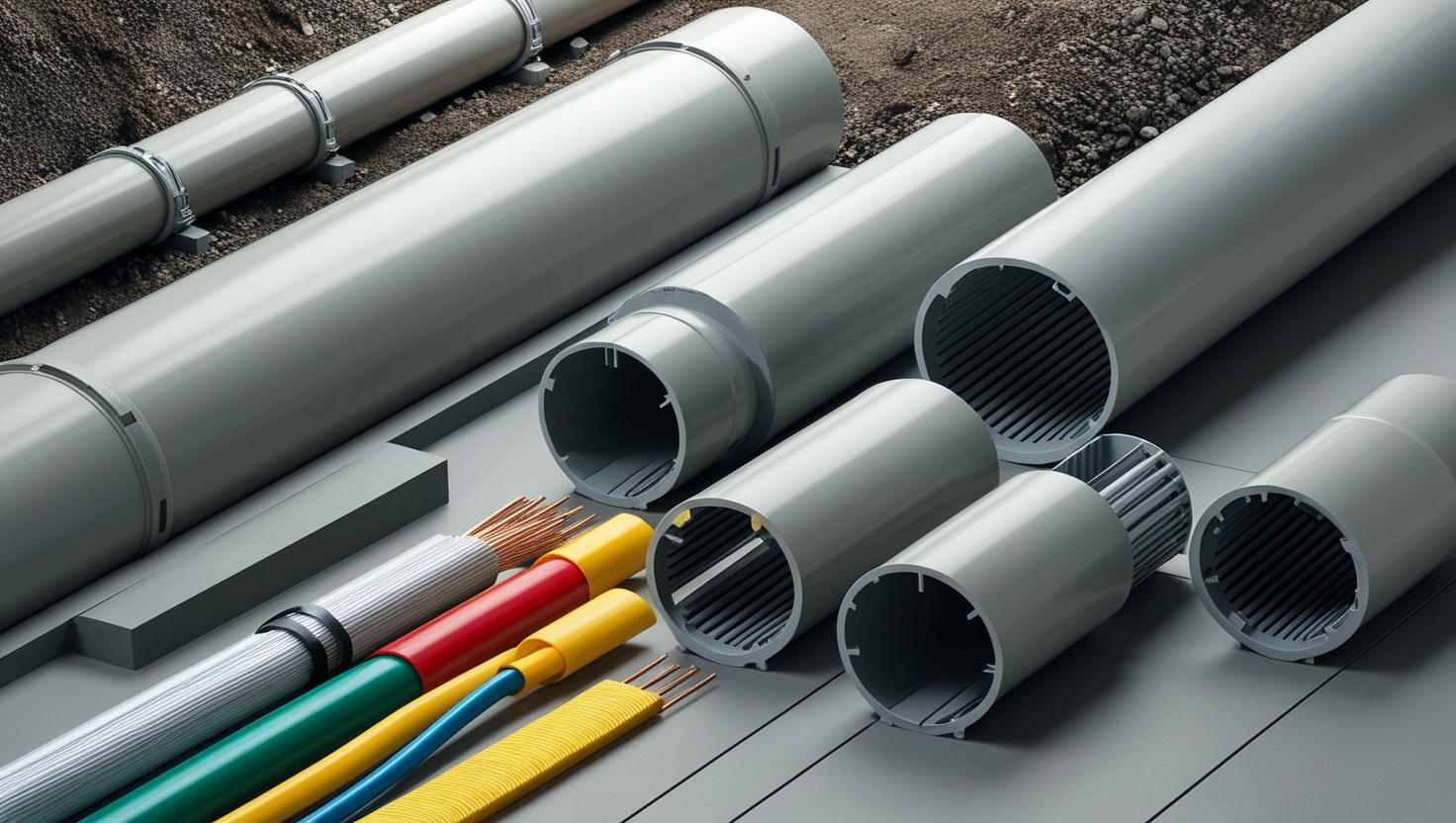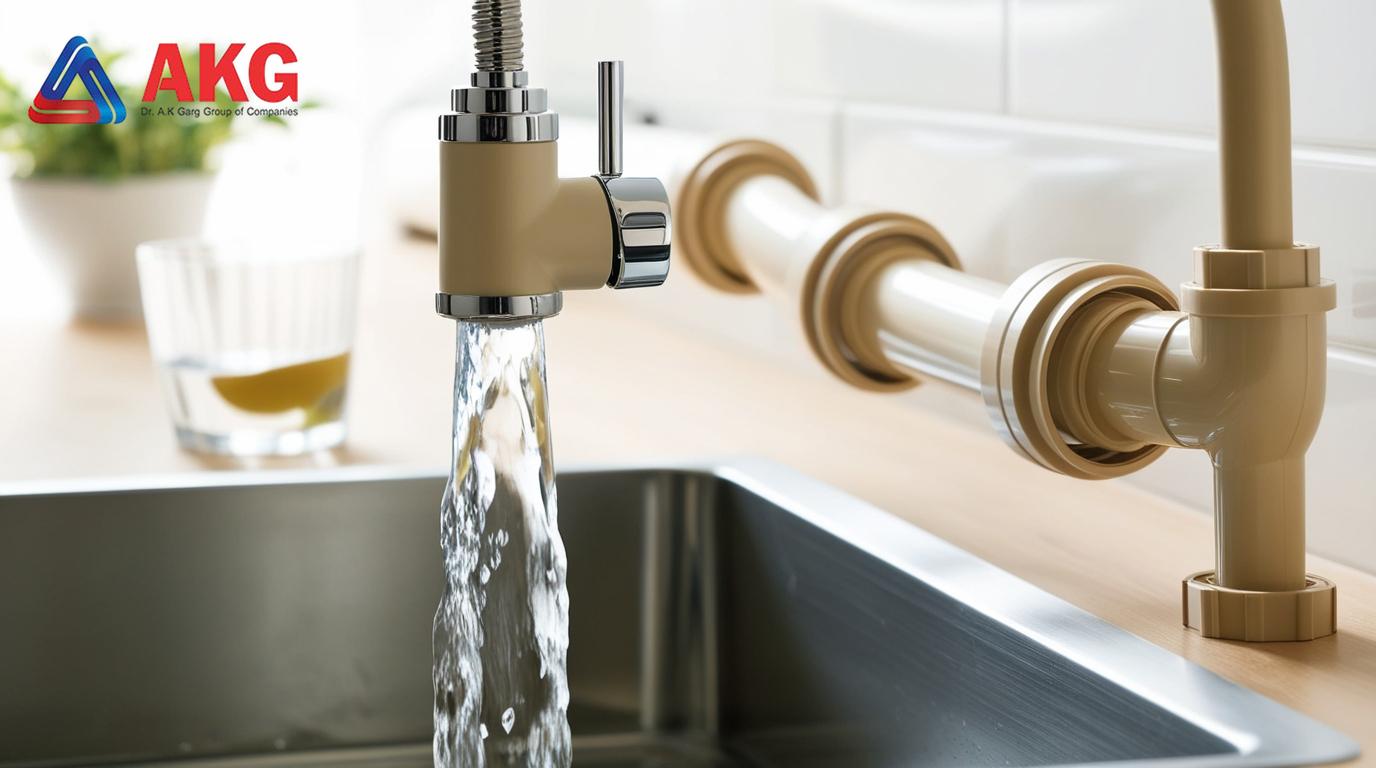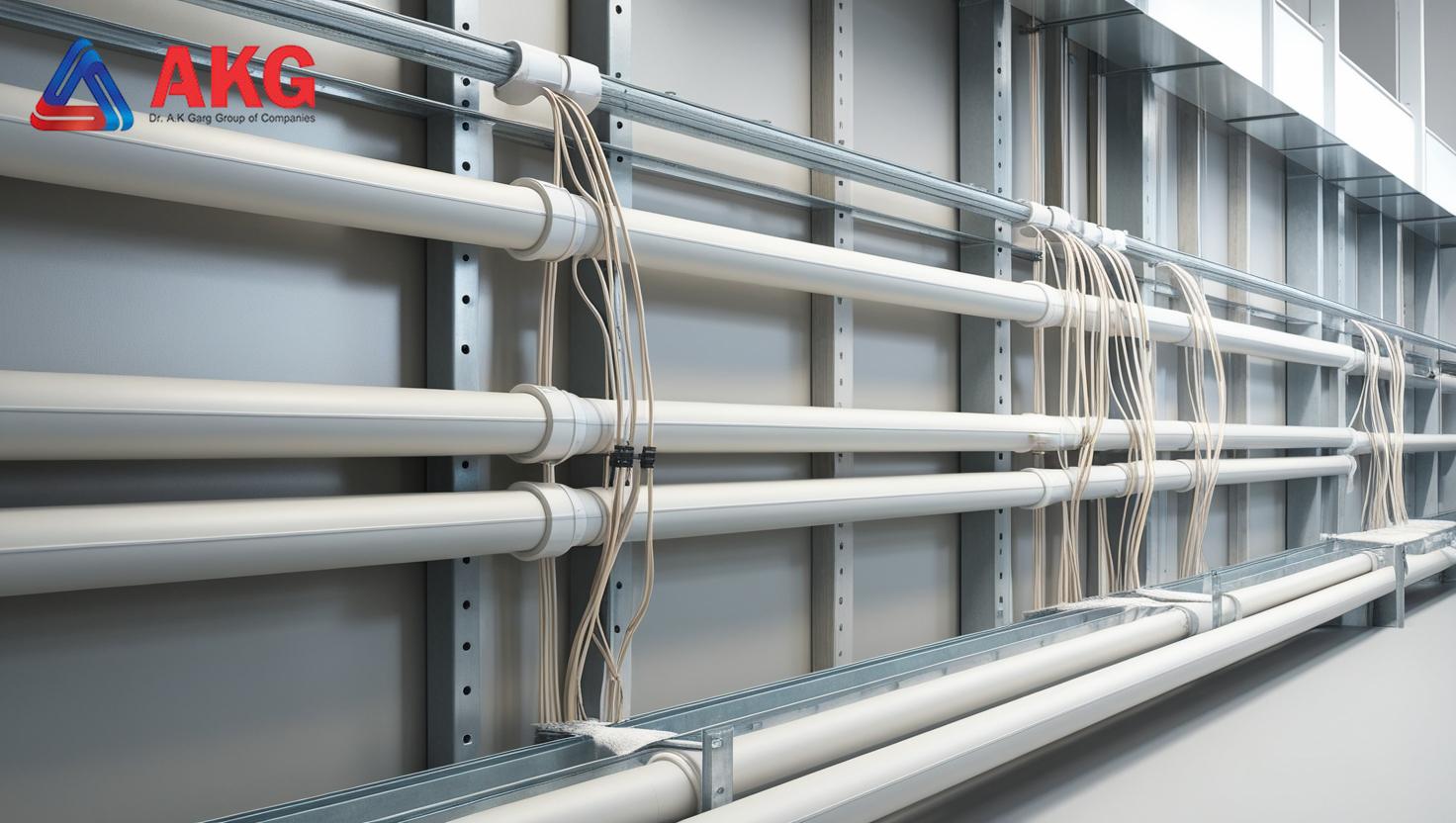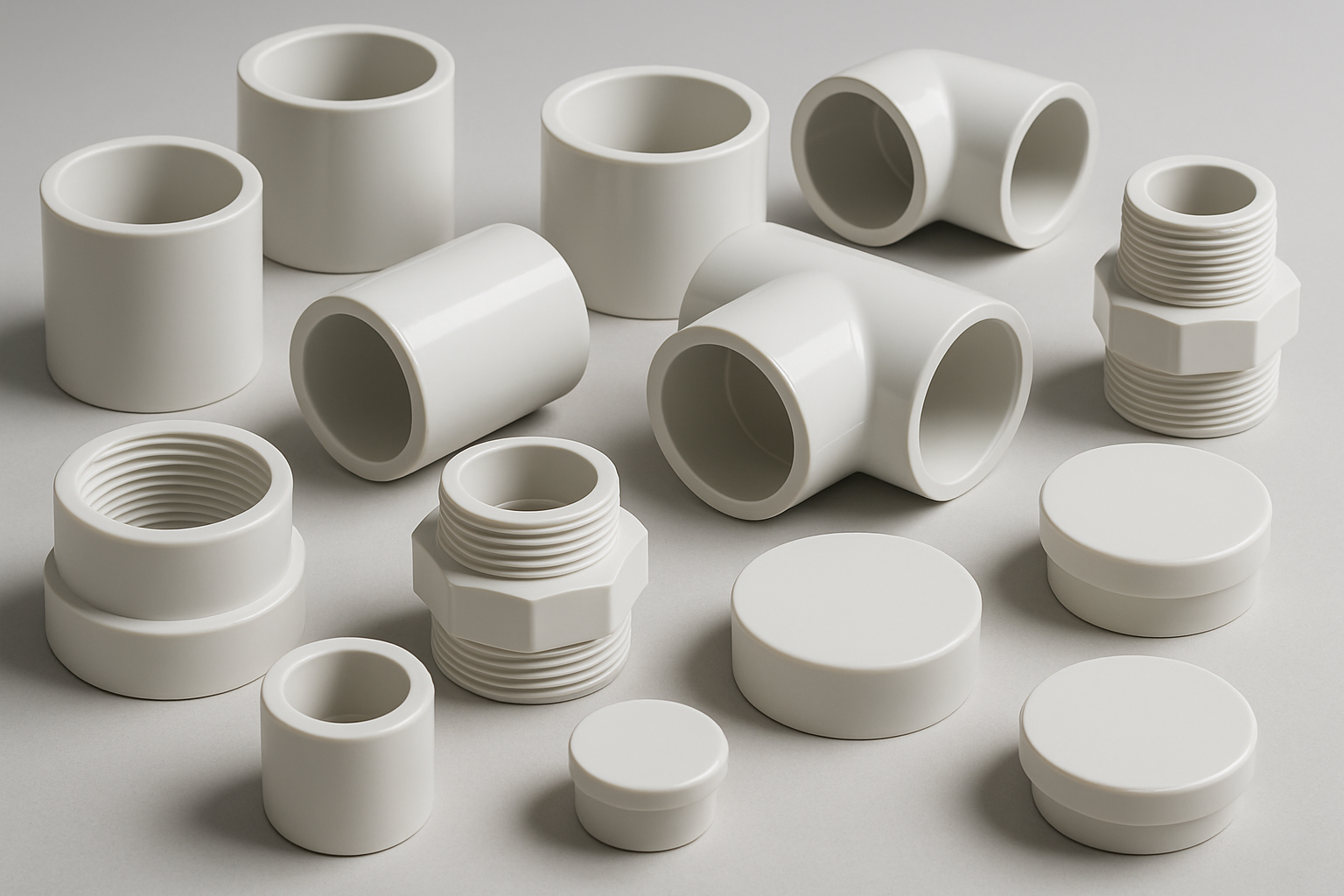Advantages of PVC Conduit
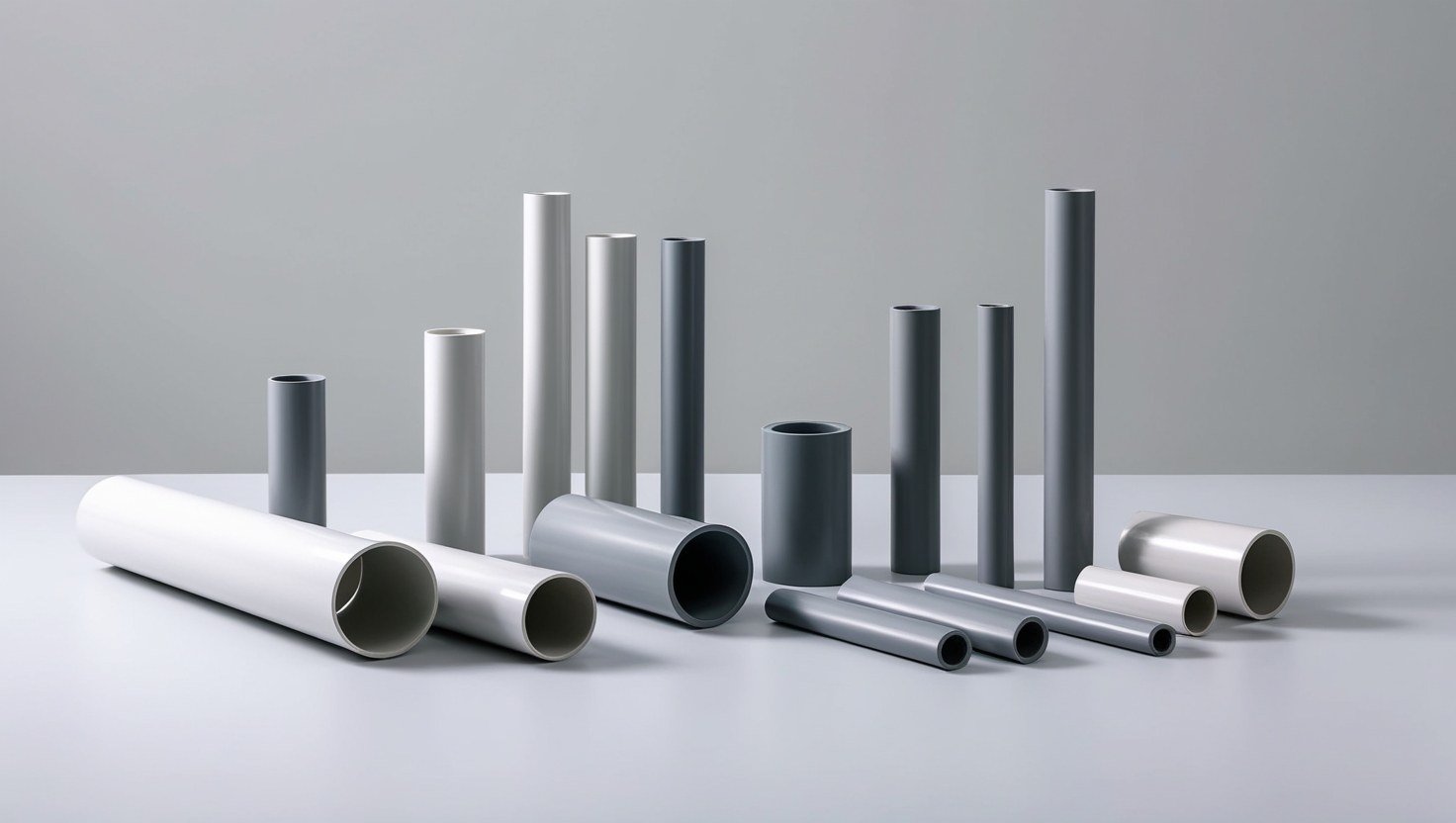
What is PVC Conduit?
PVC conduit is a type of electrical conduit made from polyvinyl chloride, a durable and lightweight thermoplastic material. It serves as a protective casing for electrical wiring, safeguarding it from moisture, physical damage, chemical corrosion, and environmental wear. Commonly used in residential, commercial, and industrial applications, PVC conduit offers a versatile and cost-effective solution for wiring installations both indoors and outdoors.
Unlike metal conduits, PVC conduit does not conduct electricity, making it a safer option for certain environments. It is also resistant to rust and decay, ensuring a longer service life in harsh conditions.
Types of Conduit
Before diving into why PVC conduit stands out, it is important to understand the broader category of conduits.
Rigid Metal Conduit (RMC):
Heavy-duty galvanised steel tubing, best for mechanical protection in demanding environments.Electrical Metallic Tubing (EMT):
Lightweight steel or aluminium tubing, often used for exposed indoor wiring.Flexible Metal Conduit (FMC):
Spiraled metal tubing for installations requiring flexibility.PVC Conduit:
Available in rigid and flexible forms, used for a wide range of indoor and outdoor applications.
Each type serves a specific purpose, but the advantages of PVC conduit make it a preferred choice for many modern electrical installations.
Why Go for PVC Conduit?
PVC conduit offers an excellent balance of durability, safety, and affordability. It is easy to cut, bend, and join, making installation faster and more cost-effective compared to metal conduits. Furthermore, it is resistant to most acids, alkalis, salts, and other corrosive substances, which makes it ideal for coastal areas, chemical plants, or any environment prone to corrosion.
In addition, PVC conduit is lightweight, which reduces labor strain and transportation costs. Its smooth interior surface minimises friction, allowing wires and cables to be pulled through more easily without damage.
Advantages of PVC Conduit
The advantages of PVC conduit go beyond cost savings. It is about performance, longevity, and ease of use.
- Corrosion Resistance – Unlike steel or aluminium conduits, PVC conduit does not rust or corrode, even in wet or chemically aggressive environments.
- Electrical Insulation – Being a non-conductive material, PVC conduit provides inherent protection against electric shock hazards.
- Lightweight and Easy to Handle – Its low weight makes it easier to transport, cut, and install, reducing both labor time and fatigue.
- Cost-Effective – Generally more affordable than metal alternatives, both in material cost and installation labor.
- Weather Resistance – PVC conduit can withstand UV rays, rain, and temperature fluctuations without significant degradation.
- Smooth Internal Surface – This design minimizes cable damage during installation and allows for easier wire pulling.
- Versatility – Available in different thicknesses, sizes, and flexibility levels to suit various wiring needs.
These advantages of PVC conduit make it a reliable choice for electricians, contractors, and DIY enthusiasts alike.
How to Fit PVC Conduit?
Fitting PVC conduit is a straightforward process, but it requires the right tools, connectors, and preparation. The conduit can be cut to the required lengths and joined using PVC couplings and adhesive cement.
Whether you are installing it along walls, ceilings, or underground, it is important to follow electrical codes and manufacturer instructions to ensure safety and durability.
Steps to Fit
- Plan the Route – Map out the conduit path, considering bends and junction points.
- Measure and Cut – Use a hacksaw or conduit cutter for clean, straight cuts.
- Deburr the Edges – Smooth out sharp edges to prevent wire damage.
- Dry Fit the Conduit – Assemble without glue first to ensure accuracy.
- Apply PVC Cement – Use solvent cement to join fittings securely.
- Install Supports – Use conduit clamps or straps to hold it in place at recommended intervals.
- Pull Wires – Feed electrical wires through once the adhesive has fully set.
Following these steps ensures that the installation makes full use of the advantages of PVC conduit by maximizing safety and efficiency.
Conclusion
The advantages of PVC conduit make it an outstanding choice for a wide variety of electrical installations. Its corrosion resistance, electrical insulation, lightweight nature, cost-effectiveness, and weather durability give it a clear edge over many alternatives. Whether you are working on a residential, commercial, or industrial project, PVC conduit delivers a reliable, long-lasting solution that keeps electrical systems safe and protected.
By understanding its benefits and following proper installation practices, you can ensure your wiring remains secure for years to come while enjoying the many advantages of PVC conduit.

